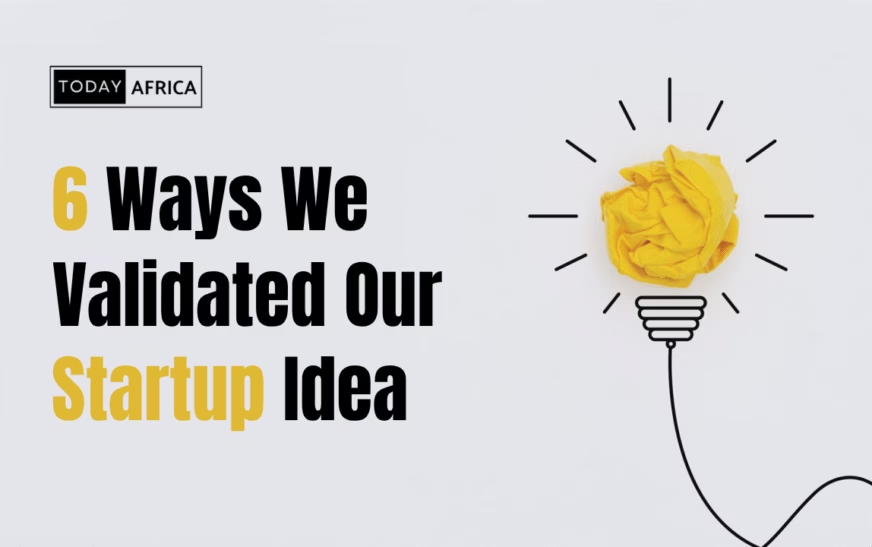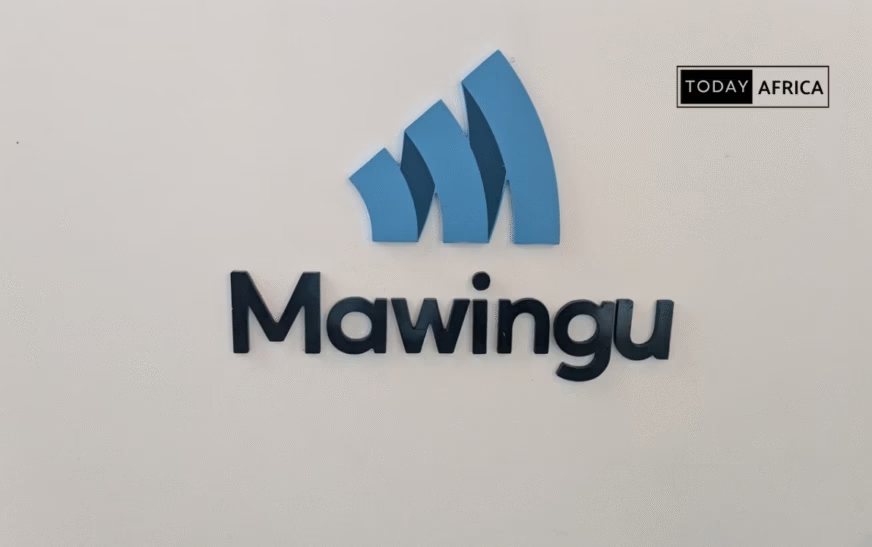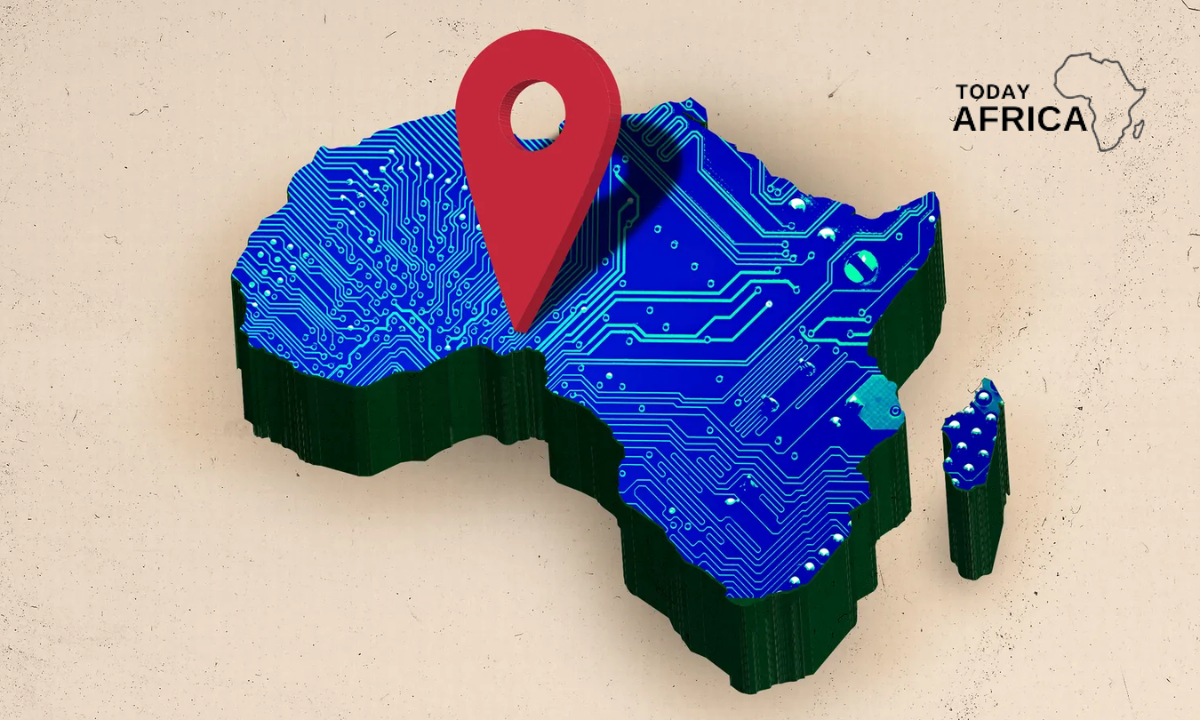Every entrepreneur starts with an idea. For us, it was that spark of inspiration we believed could change lives—or at least disrupt an industry.
But we quickly learned a hard truth that every founder eventually faces: just because you think your idea is great doesn’t mean the market will agree.
Startup graveyards are littered with products and services no one really wanted. According to CB Insights, 35% of startups fail because there’s no market need for what they’re building.
That statistic alone made us pause and ask: how do we know people want this?
The answer, we found, is validation. And contrary to popular belief, you don’t need a six-figure budget, a team of engineers, or months of development to validate your startup idea.
You can do it quickly, effectively, and inexpensively.
In this article, we’ll break down how to validate your startup idea without spending a fortune, using proven methods, practical examples, and step-by-step guidance.
5 Things to Note
1. What does it mean to validate a business idea?
For us, validation was about figuring out whether there was enough demand for our business idea to make it worth pursuing.
This meant looking at the existing market to see if there was a need not yet being met by competitors, and finding out whether people would actually spend money on our idea.
By doing market validation upfront, we were able to reduce risk and minimize potential costs later.
The insights we gained during the validation process became crucial for deciding whether to move forward. That’s why we believe it’s in every founder’s best interest to do the hard work of validating your idea before you get too far along in your journey.
2. What problems or pain points are you trying to solve?
We realized early on that a successful business needs to solve a problem and fulfill a purpose.
So, we started our validation process by identifying the problem our idea was designed to solve. We worked to confirm that the problem existed and determined whether our product or service could address it effectively.
These customer problems—sometimes referred to as pain points—defined who our target customer was.
Once we identified potential customers’ pain points, we asked ourselves: Does our business idea effectively solve their issue? How can we show them that this is the case?
We thought deeply about the features and benefits of our product or service and how they measured up against competitors.
3. Who is your target customer?
We learned that even if you have an amazing business idea and a perfect product, your business won’t go anywhere if you don’t understand who your target audience is.
For us, a target customer was someone who needed or wanted what we were offering and was willing to pay for it.
The more specific we got about who would benefit from our idea, the easier it became to market it to them in a way that allowed them to see its value.
We spent time thinking about what type of person would be interested in what we sell. We worked to understand who they were, what they needed, and what motivated them, so we could deliver our product and messaging in a way that spoke to them and converted them into paying customers.
4. Who is your target market?
Sometimes called a niche market, this was defined by a specific demographic or shared interest.
By doing the work of determining our target customers, we were able to define our target market more clearly.
However, when we were still unsure about where to find our potential market, we started by looking at who our direct competitors served.
We found our target market consisted of people in certain demographics—age, gender, location, educational background, income level, values, lifestyle, and more.
This became critical information as we refined our offering.
5. Does your business idea already exist in the market?
We quickly realized no business idea is completely original—and that was okay.
It wasn’t the end of the world that other businesses were selling something similar. Depending on the size of our market, there was room for multiple companies.
But we also made sure our idea wasn’t already trademarked or patented and that we weren’t infringing on anyone’s rights.
We performed a market analysis to identify the key players in our niche while compiling information about market statistics and forecasting.
This started with something as simple as an online search using keywords related to our idea.
See Also: 25 Business Mistakes We Made (& How You Can Avoid Them)
Why Validation is the Lifeblood of Our Startup

Imagine spending a year of your life—and tens of thousands of dollars—building an app you’re convinced people need, only to launch and hear crickets. This isn’t a hypothetical; it happens all the time.
Validation helped us figure out early on if our idea solved a real problem for a real audience. It became about answering two key questions:
- Does this idea address a pain point people care about?
- Are they willing to pay (or take some other meaningful action) to solve that pain?
If we couldn’t confidently say yes to both, then no amount of clever marketing or product polish would save our startup later.
Take Dropbox, for example. Before writing a single line of code, they made a simple explainer video showing how their product would work. Within 24 hours, their waiting list jumped from 5,000 to 75,000 people. That’s validation in action—and it didn’t cost them millions.
So how did we get similar results? Let’s break it down.
How to Validate Your Startup Idea
1. Start with customer discovery
The first step was getting outside our bubble. It was easy to fall in love with our idea and assume everyone else would too. That was dangerous. Instead, we needed to talk directly to the people we thought would use our product.
We identified our target customer—their age range, occupation, lifestyle, and income level—and then reached out for conversations. These weren’t formal interviews. They were coffee chats, Zoom calls, and quick DMs asking for 15 minutes of their time.
Here are some powerful questions we asked:
- “What’s the biggest challenge you face when trying to [do the thing our product solves]?”
- “How are you currently dealing with that problem?”
- “What do you like or dislike about your current solution?”
- “If you could wave a magic wand, what would the perfect solution look like?”
We didn’t pitch our product yet. We listened to their pain points and discovered if our idea fit into their lives.
When face-to-face conversations weren’t possible, we created surveys using free tools like Google Forms and shared them in relevant Facebook groups, LinkedIn communities, and Reddit forums.
To boost response rates, we offered a small incentive like a chance to win a $25 Amazon gift card.
2. Analyze the market
Customer discovery gave us a micro view. Next, we zoomed out for a macro perspective.
We researched trends using tools like Google Trends to see if demand for our type of solution was growing. A rising trend suggested fertile ground; a declining one made us cautious.
We studied competitors closely—examining their websites, products, pricing, and customer reviews.
Paying attention to customer complaints revealed opportunities.
See Also: What I Learned From Interviewing 10 African Entrepreneurs
3. Build a minimum viable product (MVP)
Rather than building a fully featured product, we started with a minimum viable product.
One of our first MVPs was a landing page. Here’s what we did:
- Wrote a clear headline explaining our product’s value.
- Added a short description and demo video.
- Included a signup form for people to join a waiting list or request early access.
We drove traffic to the page using social media posts and inexpensive ads on Facebook and Instagram.
When people started signing up, it gave us confidence we were onto something.
4. Run low-cost marketing experiments
We spent a few hundred dollars on targeted Facebook and Instagram ads. By testing different versions of our messaging, we discovered what resonated with people. We also shared our idea in online communities, such as WhatsApp groups and niche Facebook groups, asking for feedback and closely monitoring the responses.
5. Leverage no-code tools to prototype quickly
Thanks to no-code tools like Bubble and Glide, we built functional prototypes without writing a single line of code. With these tools, we were able to get a working prototype into users’ hands and start gathering feedback within days, not months.
6. Measured, learned, and iterated
Validation didn’t stop with our first test. It became an ongoing process of measuring results, learning from feedback, and refining our idea.
We tracked key metrics:
- How many people signed up on our landing page?
- What percentage of visitors converted?
- How many pre-orders or payments did we get?
When numbers were low, we didn’t panic. Instead, we analyzed the data, identified what wasn’t resonating, and adjusted.
Read Also: How to Legally Protect Your Startup Idea in Africa
4 Common Mistakes We Avoided
- Relying on friends and family for validation: They’re too biased to give objective feedback.
- Overbuilding before testing: Focus on the core problem you’re solving.
- Ignoring competition: A lack of competitors may indicate a lack of market, not a wide-open opportunity.
- Dismissing negative feedback: It’s often your most valuable learning source.
Conclusion
Validating our startup idea was like taking out insurance on our time, money, and energy. It ensured we were solving a real problem for real people—before diving in headfirst.
By talking to customers, researching our market, building lean MVPs, and running low-cost experiments, we were able to test assumptions and avoid the heartbreaking mistake of building something no one wanted.
The smartest founders don’t wait for perfection—they validate early, learn fast, and adapt quickly.
So what’s your next step? Start by talking to five potential customers this week. You’ll be surprised how much you learn.
Frequently Asked Questions (FAQs)
1. Why is validating a startup idea so important?
Validation helps ensure there’s actual demand for your product or service. It reduces risk and prevents wasting time and money on an idea that won’t work.
2. Can I validate my idea without spending money?
Yes. Customer interviews, surveys, and sharing your concept in online communities are all free methods of validation.
3. How do I know if my idea has been validated?
If people are signing up for early access, pre-ordering, or giving you money, that’s strong evidence your idea has traction.
4. What if my validation efforts show little interest?
That’s valuable feedback too. Revisit your customer research, tweak your idea, or consider pivoting to solve a different problem.
5. Do these validation steps apply to non-tech startups?
Absolutely. Whether you’re opening a café, launching a fashion brand, or starting a consultancy, validation is critical.
Leave a comment and follow us on social media for more tips:
- Facebook: Today Africa
- Instagram: Today Africa
- Twitter: Today Africa
- LinkedIn: Today Africa
- YouTube: Today Africa Studio
















